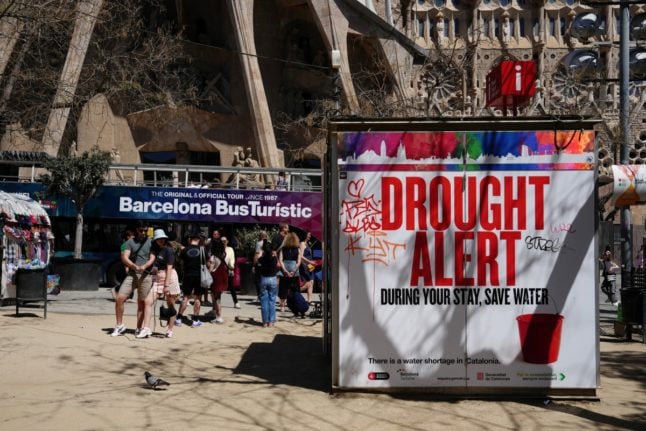Nightjet was born of the union between the rail companies SNCF (France), DB (Germany), CFF (Switzerland) and ÖBB (Austria), aiming to set up a new network of night trains across Europe.
The new generation Nightjet wants to take this one step further, reaching speeds of up to 230 km/h, zipping its way to southern Europe overnight in a climate-friendly and green way.
Starting next year in December 2024, the company is planning on connecting its routes from Zurich in Switzerland to Barcelona in northeast Spain.
This means that not only will Spain be connected by night services to Switzerland, but also to Berlin, Brussels, Cologne, Florence, Hamburg and Milan.
2024 will see a new Nightjet sleeper service between Brussels-Berlin and Paris-Berlin operate three times a week from December 10th 2023, and will become a daily service from October 2024.
This provides a key east-west link, and will help with connecting journeys from Paris, London, and Brussels to Berlin, Warsaw, Krakow and Prague.
Nightjet aims to offer a new way of travelling across Europe in comfort with sleeping cars fitted with their own toilets and showers, as well as 4 or 6-berth couchettes for families and mini cabins for solo travellers with plenty of privacy.

The next phase in 2022, added a new connection between the Swiss capital and Italian cities including Rome and Milan.
Currently, at the end of 2023, Nightjet has started offering services connecting Vienna and Berlin to Brussels and Paris.
Commuter services offered by Nightjet were launched in 2016 after OBB’s acquisition of 42 sleeper trains from German rail operator Deutsche Bahn.
Spain currently has no night trains to any other European countries. There was a sleeper train to Portugal from the Spanish capital but this was halted at the start of the Covid-19 pandemic in 2020 and hasn’t hit the tracks since then.
However, members of the Spanish government’s new junior coalition partner Sumar have called for its return.
Another Barcelona to Paris sleeper service was withdrawn in 2013. There are currently no direct trains from Spain to Paris at all, but Spanish national rail operator Renfe is also planning is to re-establish this service from Barcelona in 2024, before the start of the Paris Olympics




 Please whitelist us to continue reading.
Please whitelist us to continue reading.
Member comments